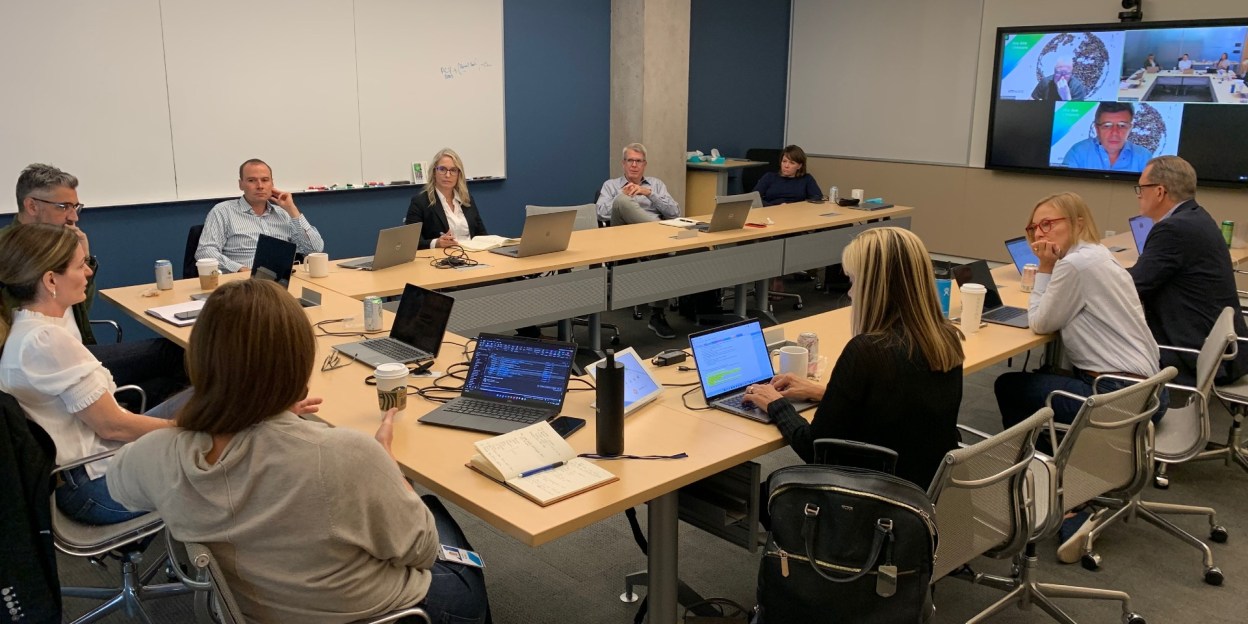Change always starts the same way: with an intention. But between that intention and the outcome you’re after are countless tiny actions that will ultimately determine success or failure.
Bridging the gap between intention and action is hard enough when you’re an individual. The job gets exponentially harder when you want to change an organization that needs to get many individuals marching in the same direction.
For leaders to succeed in creating this kind of change, they need to do more than transform processes — they need to transform people. But nothing can derail that potential transformation faster than a disconnect between a leader’s words and actions.
We’ve all seen this play out in our careers at one time or another. A change initiative gets rolled out to much fanfare, with a leader rallying everyone to get on board with a new mindset or approach. But a few months in, you see that same leader not living the principles they asked of you.
It’s hard to understate the risks to an organization when leaders don’t walk the talk. It creates a legitimacy gap, one where employees don’t believe what they’re being told or don’t take it seriously. That legitimacy gap can lead to low morale, disengagement, and ultimately subpar performance.
Put simply: When you’re a leader, your team isn’t going to follow your words — they’re going to follow your actions. This is something I remind myself of almost daily in my role at VMware. One of my most important jobs is to hold myself accountable to my words and to what I’m asking of my team. I can’t ask them to do something that I’m not willing to do myself.
If I’m going to bring something to my team, I’m going to be personally bought in 100 percent.
Paula Hodgins, Senior Vice President, WW Cloud Sales, VMware
What does accountability look like to me? First, I try not to make hollow commitments. If I’m going to bring something to my team, I’m going to be personally bought in 100 percent. Second, I strive to be clear about what good looks like. I think about the tiny behaviors that are going to indicate we’re heading in the right direction, and I make sure to do them myself and recognize others who are doing the same. Third, I try to be as transparent as possible about what we’re doing and the progress we’re making against our goals.
Let me give you an example I’m working through right now. For the past several years, VMware has been undergoing its own transformation from licensing software to providing SaaS — Software as a Service. It’s a big change, one that goes far beyond how our products get accessed, and it’s especially important for our work in Worldwide Cloud Sales. We’re actively building a customer-obsessed culture, one that’s more about our customer’s successes than our own.
As a leader who is fully bought into this vision and wants my team to be as well, I know how important it is that I be an active participant in creating change. So I’m intentional about asking questions that I know my team cares about and that are instrumental to fully walking the talk: Are we measuring performance around customer-oriented outcomes? Are we prioritizing the right work streams? Are we aligning incentives correctly?
I can’t always fully answer these questions myself. But I’m constantly asking them of myself and of my leadership peers — and I try to be as transparent as possible with my team about where we’re making progress and where we’re falling short.
This is how I think about walking the talk as a leader myself. But what if you’re someone who is working under a leader who isn’t walking the talk? I see two things that can happen. One: you can recognize the disconnect and allow it to make you cynical. Or two: you can recognize the disconnect and get busy walking the talk yourself.
Here’s the thing: Leadership isn’t something that gets bestowed upon you through a job title or a promotion. It’s something you can seize for yourself from any position inside an organization. That’s empowering — and it’s something every one of us can do to help create the change we want to see in our own lives, in our organizations, and in the world.


